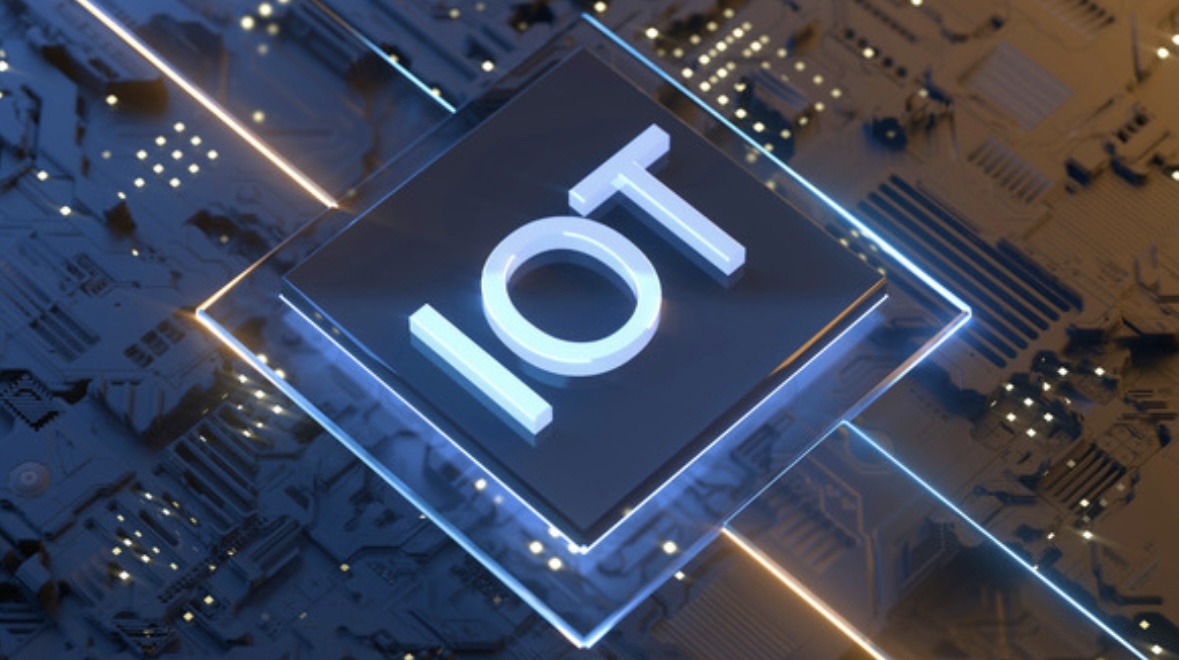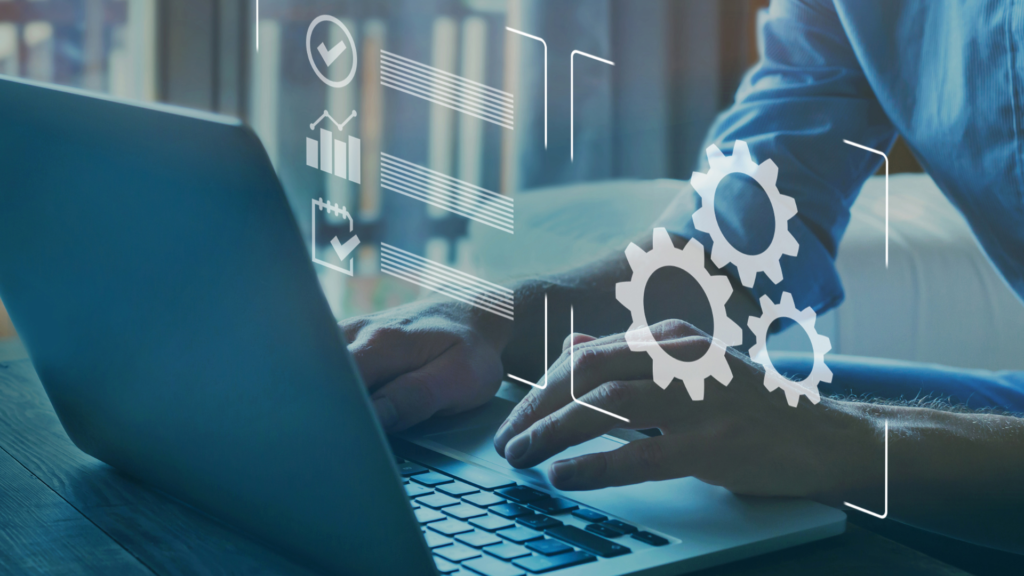The rise of the Internet of Things (IoT) has changed the way we reside in today’s fast-changing world, both at home and in our cities. IoT gadgets have become an essential component in our everyday lives. Examples include clever streetlights that adjust to the weather and smart thermostats that remember our preferred level of warmth.
The rise of IoT devices has fundamentally changed how we engage with our environment across urban and private contexts. Smart lighting controls, surveillance cameras, and thermostats are merely a handful of instances of IoT devices that simplify routine tasks in houses. With voice assistant integration and remote smartphone control, these gadgets now provide unprecedented levels of automation and control. For example, smart thermostats save energy and money by learning your preferred temperature and making automatic adjustments. Similar to this, users can set smart lighting systems to adjust hues or brightness in accordance with daily schedules or the time of day, improving comfort and conserving energy.
In cities, the rise of IoT devices has paved the way for smart city initiatives aimed at improving urban living conditions.The IoT is transforming cities into more sustainable and effective places. Intelligent streetlights, traffic management systems, and waste management solutions are just a few examples. By adjusting their brightness in response to vehicle and pedestrian movement, smart streetlights lower energy costs and light pollution. Traffic management systems utilize real-time data to optimize traffic flow and reduce congestion, while smart garbage bins streamline waste management procedures by notifying collection providers when they reach full capacity. These innovations help to create more resilient and sustainable urban ecosystems, in addition to improving the quality of life for city residents.
Let’s explore how these gadgets are improving the intelligence of our houses and the efficiency of our cities.
Smart Homes: Convenience at Your Fingertips
1. Smart Thermostats:
Intelligent thermostats, like the Nest Learning Thermostat, can remotely adjust temperatures based on your preferences. They adjust heating and cooling to save energy and money according to your schedule—tthat is, when you are at home, asleep, or away from home. The Nest Learning Thermostat is a smart home automation device that reads your daily routine and tastes, enabling smartphone remote control. It can, for instance, warm the house before you get up and drop the temperature at night while you’re asleep. It builds an individual schedule over time, maximizing energy efficiency and lowering utility costs.
2. Smart Lighting:
You can control the lighting in your house with Philips Hue and other comparable smart lighting systems using voice commands or your smartphone. You can set schedules, change colors, and even have the lights match your music or movies. You can operate this system with voice commands via an app, and it offers a large selection of color choices. You can design lighting scenarios, such as creating a warm and inviting movie night atmosphere or setting up bright and energetic illumination for working from home. Your lights will flash red in response to a smoke detector going off, adding an additional degree of security thanks to integration with other smart home technologies.
3. Security Systems:
Functions like tracking motion, video monitoring, and alarms that are sent straight from the phone are offered in modern security systems such as Ring or Arlo. The systems can also interact with other smart devices to lock doors and turn on lights if they notice unusual activity. With the Ring Video Doorbell, you can communicate with guests via your computer, tablet, or phone. Notifications are typically sent by the system in response to motion detection or doorbell ringing. You can monitor your property even while you’re not home thanks to video recording.
4. Smart Appliances:
Modern gadgets, such as refrigerators that alert you when a drink is running low or ovens that you can pre-heat from your phone, are simplifying and streamlining home tasks. The Samsung Family Hub refrigerator has an integrated touchscreen that enables you to view inside without opening the door, manage your shopping, play music, and watch TV. It can make recipe recommendations based on what’s inside and keep track of expiration dates.
5. Voice Assistants:
Smart hubs, such as Google Home and Amazon Echo, act as primary command centers for other smart devices. In addition to answering queries and controlling your lights and thermostat, they can also play music and set reminders. Alexa can play music, read the news, answer queries, and operate a variety of smart home appliances when combined with the Amazon Echo. You can automate daily tasks with routines. For example, a “Good Morning” routine may read out your calendar appointments, turn on the lights, and start the coffee maker.
Smart Cities: Improving Life in Cities
1. Smart Streetlights:
Streetlights that detect motion and shine when no one is present are becoming common in cities. These lights improve the surroundings by using less energy and causing less light pollution. The Cimcon Lighting smart streetlights adjust their brightness in response to the presence of vehicles and people, minimizing energy usage and light pollution. City planners can greatly benefit from the data they gather by installing sensors to track noise levels and air quality.
2. Traffic Management:
IoT cameras and sensors help control and monitor traffic flow. In addition to providing information for future infrastructure planning, they can adjust traffic signals in real-time to reduce congestion. Siemens Mobility Solutions manages traffic lights and reduces congestion using real-time data from sensors and cameras. It enhances response times and efficiency by prioritizing public transportation and emergency vehicles.
3. Waste Management:
Once a smart bin is full, garbage pickup providers are advised through a sensor built into the container. This minimizes fuel usage and saves labor by optimizing pickup routes. Bigbelly Intelligent Trash and Recycling System: With the help of sensors, these trash cans condense waste to maximize capacity and notify collection agencies when they need to be emptied. As a result, fewer collections are made, and waste vehicles emit fewer emissions and use less gasoline.
4. Environmental Monitoring:
Sensors surround cities to monitor the weather, noise levels, and the state of the air.Informed decisions to enhance living conditions have been made feasible by the data provided to municipal architects and officials. Airly: This sensor network provides immediate information on pollution levels by measuring the condition of the air. The data is available to the general public through an app that assists people with medical issues in making well-informed decisions on outdoor activities.
5. Public Safety:
IoT devices, such as emergency response systems and networked cameras, improve public safety. They enhance coordination between emergency agencies and enable faster incident responses. ShotSpotter instantly detects and localizes gunshots using a network of microphones. To respond to gun-related occurrences more quickly and accurately, law enforcement organizations receive the forwarded data.
The Future of IoT
We’re only scratching the surface of IoT device connectivity in our cities and homes. We can expect many more creative ideas to enhance the sustainability, efficiency, and comfort of our lives as technology advances. The possibilities range from smart refrigerators that can order groceries to smart cities that optimize resources and improve lives.
By adopting these technologies, we will not only facilitate our everyday lives but also contribute to the development of a smarter, more connected world. Therefore, it’s worthwhile to investigate the IoT revolution, whether you’re considering getting a smart thermostat for your house or are just interested in learning how your city is getting smarter.
IoT gadgets are transforming our daily lives, improving the comfort of our homes and the efficiency of our cities. Technology keeps developing, offering virtually endless potential for Internet of Things applications. Whether you’re looking to upgrade your home’s smarts or interested in learning how your community is using technology to enhance living circumstances, IoT is the key to a more connected and intelligent future.



